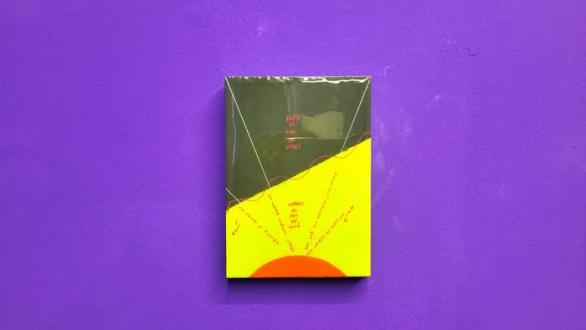The third edition of MADRIDFOTO will come to pass on May 5-8 in Pavilion One of the Madrid Fairgrounds (IFEMA).
As part of the joint collaboration agreement between the Excelencias Group and Nõun Eventos, the online campus entitled Caribbean News Digital (CND) will open this coming April 1 i
Q & A with Howard Farber
Usually, the act of collecting is associated with a high level of personal wealth. Is that the case for you?
It ha
When walking into the main room of the house of Mexican architect Luis Barragan (1902-1988), one has the certainty of having been benefitted with a mystic revelation: being there, surrounded by hi
According to astrophysics, a worm hole “Is ahypothetical topologic characteristic of time-space”; which means, in good Spanish, that for the time being everything is only a hypothesis
A Spanish journalist says there are books and there are jewels. I would say there are books, there are jewels and there are jewels of a crown. And just for the record, I’m a lucky person: I
Dolores Caceres (Cordoba, Argentina) is a referent when speaking about public art in the subcontinent. For more than ten years, she has made interventions, actions and works in process qualified f
The ninth issue of Arte por Excelencias is stressing on Argentina’s plastic arts, in boldface names who have contributed greatly to their conceptual and abstract creations; it also delves in
Beyond commercial purposes, perhaps the most valuable merit of an art fair is turning its sites into intense-use galleries, for a heterogenic audience, mobilized by the peremptory character of the
The exhibit entitled Laberinto de miradas. Un recorrido por la fotografía documental en Iberoamérica (A Maze of Looks: A Tour around Documental Photography in Hispanic Ameri
Murcia: The sixth cycle of expositions at La Conservera, featuring works by fine artists Pilar Albarracin (Seville, Spain-1968), William Cordova (Lima, Peru-1971), Kalup Linzy (Florida, U.S.A.-197
March 12 sets the deadline for the call of public space intervention projects, part of Ceci n'est pas une voiture. Artefactos móviles acechan al museo project, boosted by Idens
The theme “2011: A Year Full of Doubts” is presiding over the publishing of issue 56 of EXIT EXPRESS, the Spanish magazine on art information and debate.















